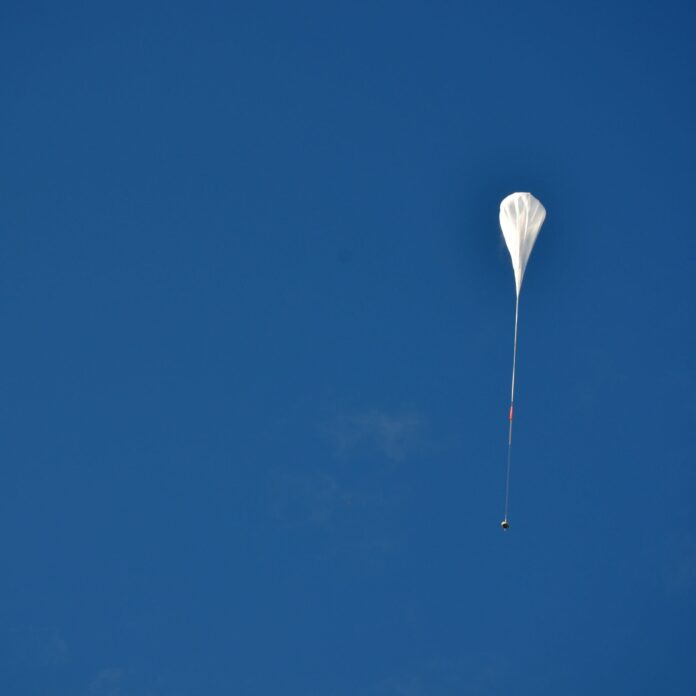Getting fast, reliable wireless broadband coverage from locations with iffy reception is a challenge, but necessary for users ranging from public safety to broadcast media. Mushroom Networks specializes in what CEO Cahit Akin describes as “wide area network orchestration,” or intelligently managing multiple connectivity links in order to provide more speed and reliability than any single link can provide. In addition to wireline links, Mushroom’s appliance also supports cellular broadband bonding.
“The real benefit comes in when you are in a location where you do not have a wireline option,” Akin said. Typically, the only option at that point has been a satellite connection, he said, but Mushroom’s cellular broadband bonding offers an alternative with enough speed and capacity to support uses such as high-quality, real-time video streaming.
The company recently snagged a high-profile use of its Streamer system in supporting NASA’s test of its Low-Density Supersonic Decelerator – basically, the LDSD is a balloon-based braking system for a test vehicle, designed to be used for safely landing a vehicle on Mars, which has a thinner atmosphere than Earth’s. The atmospheric differences meant that the LDSD had to be tested at very high altitudes in order to assess whether it would really work on Mars – at its highest point, the vehicle was 120,000 feet above the landing pad in Hawaii.
On the ground, NASA tracked the vehicle and balloon via camera and live-streamed the tests (you can watch the recording here) from a wirelessly connected vehicle parked on a ridge. Akin said the location, on a ridge, wasn’t optimal for a satellite connection, that something small and portable was needed. So Mushroom’s system was used, outfitted with two cellular 3G/LTE data cards each from AT&T Mobility and Verizon Wireless, with their throughputs aggregated in order to maintain a steady broadband connection capable of live-streaming speeds.
Akin said that Mushroom’s clients include public safety and government, as well as projects where its system is installed in moving vehicles such as trains. Its box can support bonding of up to four cellular cards from any operator. He described the system as adding an intelligent overlay, similar to a virtual private network, which distributes the packets over multiple connections to a cloud-based Mushroom midpoint and then relays them to their final destination – almost like a router. This approach doesn’t require special coordination with the wireless carriers, and the cloud component works as a terminal point for the bonding tunnel.
In NASA’s LDSD test, Akin said, the support that Mushroom offered was “a drop in the bucket” in the overall Mars project, but “we were really excited about being part of it.”

